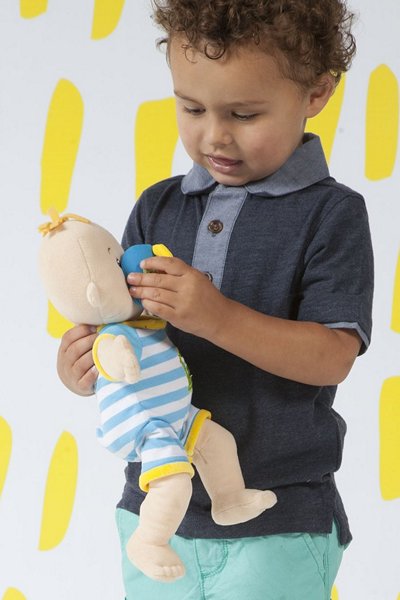
The Pink Aisle vs The Blue Aisle: The Battle Over Gender and Toys

What are little boys made of?
Snips and snails
And puppy-dog’s tails.
What are little girls made of?
Sugar and spice
And everything nice.
In the early 1800's when this rhyme was popular, gender studies and child psychology were still two centuries in the future. But still, they did catch the gist of it.
Boys and girls are different.
Boys and Girls PLAY differently.
But do their toys need to be different? Whoever thought shoving children into a gender defined toy box was a good idea? That's called Gender Stereotyping. And any kind of stereotyping is bad. Because it leads to limitations.
The good news is that the kids don’t care. Their play is opportunistic. If they’re bored, they will grab the first toy they see and make a game out of it.
What the game will be will differ depending if it’s boy’s play or girl’s play.
Have you seen the LEGO Friends and those pink LEGOs sets? Designed after extensive research with thousands of families over many years, LEGO friends are what girls said they wanted. Because they play with LEGOs differently. Will we end up with more female architects in the future? I’d guess yes. Not because the LEGOs are pink, but because these sets were designed for how girls play with LEGOs.
Which brings me to Dolls. Talk about stereotypes!
Boys who play with dolls do not grow up to be gay. In fact, boys who play with dolls generally grow up to be better husbands and fathers! But boys are generally not as interested in playing dress-up with the doll's clothes as the girls are. Boys play differently.
And not all girls like playing with dolls. My daughter didn't. In fact her preferred toy was a big plastic Godzilla with which she gleefully tore the heads off of her Little Mermaid Barbie, Chomp-Chomp!
Which is retrospect, I realize, means she actually was playing with her Barbies, but in a very not stereotypical gender defined way!
Bottom Line: It doesn’t matter which side of the aisle you buy your toys from. It’s not the toy, it’s how the child plays with it that’s different. One toy, two genders, two styles of play.
